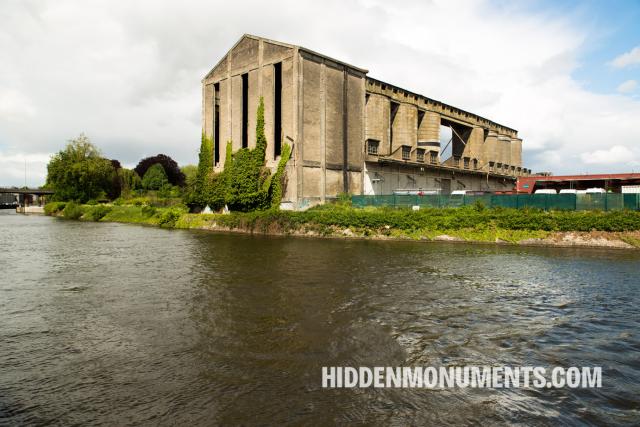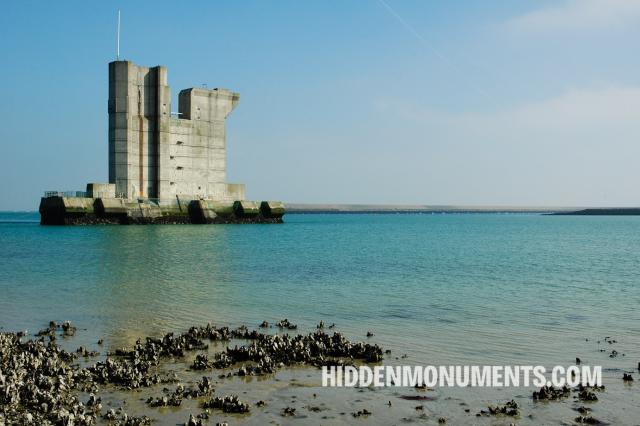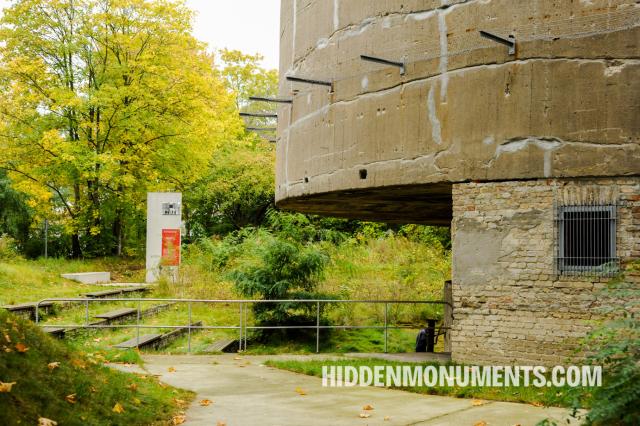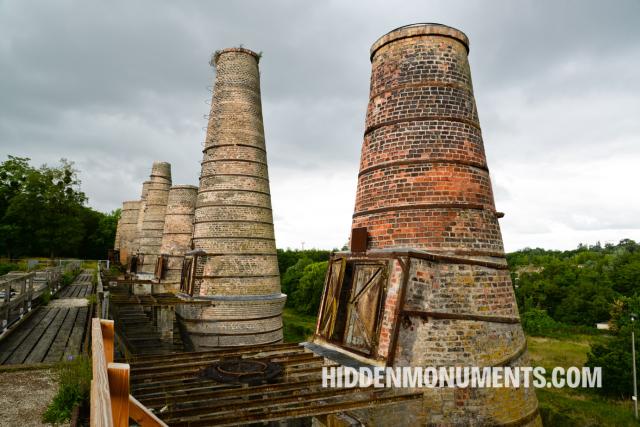A 49-meter-long bridge over the River Scheldt, dating back to 1959, was the first railway bridge in Belgium to utilise the technique of prestressed concrete.
Cement and concrete
Explore the solid foundations of Europe's industrial heritage through the history of cement and concrete sites.
- 13 destinations
A fence of precast concrete elements borders a former GDR-run horticultural farm in the German capital, Berlin.
You can still find a monumental remnant of a nineteenth-century lime kiln complex along the Scheldt.
The concrete remains of the Cimenteries Alexandre Dapsens are perhaps the oldest witnesses to the technique of prestressed concrete in Belgium.
Dozens of historic lime kilns stretch along the banks of the Scheldt between Antoing and Tournai. They evoke the heyday of the cement industry in the region.
For more than half a century, this lime factory's four kilns produced 180 tons of lime per day, but today, the complex stands alone in a forest near Aachen, Germany.
Pagination
Get the latest stories straight to your inbox
Latest from the blog
As November 11 nears, the world pauses to mark the end of World War I in 1918, when the guns finally fell silent. In Belgium’s Flanders region, scarred by brutal trench warfare, the echoes of that conflict still endure.
All photos and stories are copyrighted. Of course, linking to articles on the site is possible and allowed.
If you would like to use photos or articles from this website, please contact bart@hiddenmonuments.com.
© 2003-2025 Hiddenmonuments.com










